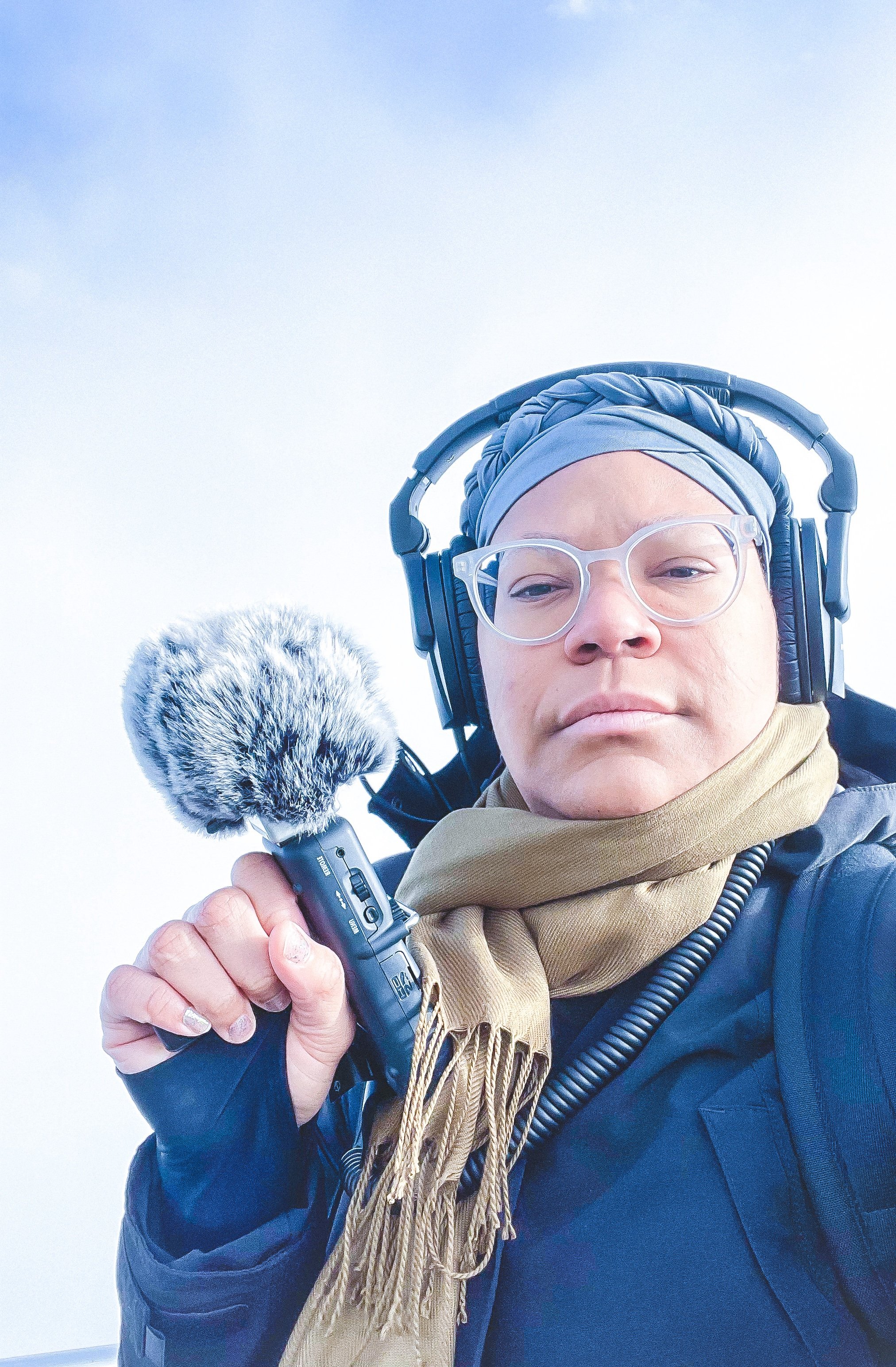
The Honourable Elizabeth
A. Baker
November 2024 (Moved to 2025)
Music
St. Petersburg, FL
The Honourable Elizabeth A. Baker is a new renaissance artist whose work is best expressed as a constantly evolving practice that doesn’t fit neatly into definition or expectation boxes. It is an artistic body of work vast in scope and scale outside of the confines of a simple elevator pitch, unrestrained and unencapsulated. Elizabeth has received international recognition from the press, scholars, and the public for her conceptual compositions and commitment to inclusive programming. Fanfare Magazine proclaimed in Fall 2019 “Perhaps Baker will be the Pauline Oliveros of her generation, and perhaps she will be more than that.” Elizabeth is the 2021-2022 Rieman and Baketel Fellow for Music at Harvard Radcliffe Institute for Advanced Study.
BIO
“It is a herculean struggle for me to parse down an integrated practice for this space but a core value is a deep interest in altered states of consciousness and perception as a vehicle for fostering dialogue and tangible action towards creating a new equitable reality divested from the oppression of capitalism and hierarchical structures. My work exists as a series of philosophical sandboxes for consideration rather than propaganda because empowered change is sustainable.”
STATEMENT
How Do You Define Innovative Storytelling? How Can This Innovation Be Used As A Tool To Educate, Preserve, And Celebrate The Natural Environment?
“I believe that it is fundamentally important when working with nature to not lead with human narrative but to rather find a place to exist within such spaces and alongside such creatures. In 2020, I started recording my practice of sonic rituals in natural spaces and posted them online as the series FIELD STUDIES for people to interact with who could not access outdoors or green spaces. As a person of color, I realize that it is rare to see a non-white person in a natural space pursuing peace and joy, beyond my commitment to non-narrative exploration of these spaces to promote equity between living things, my presence in these spaces and the digital capture are a powerful statement of multiracial identity within an environment. As a sound artist, my presence promotes small impact and sustainable practice, it also highlights the discussion of human-initiated sound in these spaces and an alternative sonic impact that is less stressful on the ecosystem than yelling and plane sounds.”
